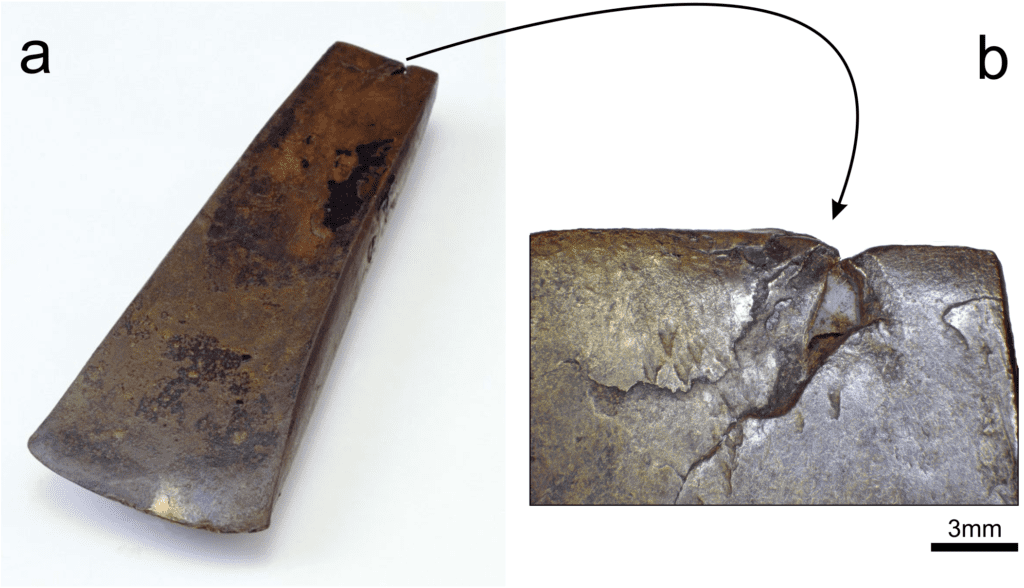Isotope analysis of Otzi’s copper axe blade hints at a long-distance trade route between central and northern Italy in the early copper age.
Otzi’s mummified body was found back in 1991, flash-frozen in an Alpine glacier on Italy’s northern border with Austria. He’s estimated to have lived in the early copper age, around 3360-3105 BCE, not very far from the place where his remains were found.
So far, nothing too unexpected. But appearances were deceiving — turns out that the copper used in Otzi’s axe came from a much more distant place than the man himself, unlike previously believed. A new paper led by University of Padua geoscientist Gilberto Artioli reports that the metal was sourced about 500 kilometers to the south, in today’s Southern Tuscany region of central Italy.
Follow the lead
While the blade is made of copper, it was manufactured in a time where metal working and refining were still in their infancy. As such, the blade contains noticeable levels of impurities in the form of lead, arsenic, silver, and a host of other elements.
Up to now, researchers assumed the metal was sourced from the known (and quite sizeable) copper deposits found less than 100 km from the site where the mummy was found. But by analyzing the lead isotopes (atoms of the same number of protons and electrons but a different number of neutrons) contained in the blade and comparing them with copper samples from present-day exploitations across Europe, Artioli’s team reports that the metal likely came from Southern Tuscany. Other elements in the chemical makeup also point to Southern Tuscany as the likeliest point of origin, they add.
Finding a bit of copper so far away from its point of extraction — especially considering the closer deposits, which people likely knew about by the time of Otzi — would suggest that complex trade networks existed by this time. After all, copper was very expensive and heavy, so transporting it over such a long distance meant the merchants had to be able to defend their wares and turn a nice profit at the end for it to be worth it.
Archaeological evidence does point to a flourishing copper extraction and production industry in central Italy when Ötzi was alive, the team says. They propose it was complemented by an extensive trade network which supplied the goods to the northern Alpine lands. This would make it one of the earliest organized trade networks in the area, established at the dawn of civilization, at a time when people still used stone for most tools.
Radiocarbon measurements on the axe’s wooden shaft indicate that the item was fabricated roughly 5,300 years ago. It’s not yet clear whether the copper was transported as a raw material or a finished product.
The paper “Long-distance connections in the Copper Age: New evidence from the Alpine Iceman’s copper axe” has been published in the journal PLOS one.










